The Ultimate Guide to Tree Edging: Materials, Styles, and Installation Tips
As someone who appreciates a well-manicured outdoor space, I’ve come to grasp the significance of tree edging in enhancing the overall look of a landscape. The choice of materials and styles can truly revolutionize the aesthetic appeal of your garden.
From the sleek allure of metal to the classic charm of stone, each option brings its own unique character to the forefront. But, there’s more to tree edging than just looks.
I have experimented with the intricate world of tree edging so you can learn from my installation tips and design secrets that could make all the difference in your outdoor oasis.
Main Points Covered Below
- Metal, stone, plastic, wood, and concrete are popular edging materials for trees.
- Mulch borders, brick enclosures, stone rings, plastic barriers, and plant borders are common styles.
- Barrier edging offers lasting separation while trenching edging is budget-friendly.
- Blend edging seamlessly with the landscape using color, texture, and design.
- Maintain tree edging to prevent weed growth, adjust for tree growth, and enhance aesthetics.
What are Some Funny Tree Edging Stories that Went Wrong?
I have had my share of funny tree edging mishaps that will crack you up. From creative attempts that ended in disaster to accidental landscaping blunders, these stories will make you reconsider DIY projects. After all, sometimes it’s better to leave the tree edging to the professionals!
Tree Edging Materials Overview
When selecting materials for tree edging, prioritizing durability and aesthetics is essential. Among the various options available for garden edging, materials like metal edging, natural stone, plastic edging, wood edging, concrete edging, and tree rings stand out for their unique qualities.
Metal edging brings a sleek and modern look to tree borders, while natural stone offers a timeless and elegant appearance. Plastic edging is a cost-effective and easy-to-install choice, ideal for those seeking simplicity.
Wood edging provides a classic and natural feel, blending seamlessly into garden landscapes. Concrete edging, including tree rings, is renowned for its affordability, sturdiness, and reliability, making it a popular option for edging around trees.
Each material has its advantages, and choosing the right one depends on factors like the desired aesthetic, maintenance level, and budget. With tree edging, the materials chosen play a significant role in enhancing the overall look and feel of outdoor spaces.
Pros and Cons of Metal Edging
Metal edging offers a blend of durability and modern aesthetics for outdoor landscaping projects. The durability and longevity of metal edging make it a top choice for those looking for a long-term solution that can withstand the elements. Its sleek, modern design adds a touch of sophistication to any garden or yard.
With minimal maintenance requirements, metal edging proves to be a low-effort option, perfect for those who prefer to spend more time enjoying their outdoor spaces than maintaining them. The clean lines created by metal edging provide a polished and neat look to gardens, enhancing their overall appearance.
Please note… that while metal edging is durable and long-lasting, it may exude a colder aesthetic compared to natural materials like stone or wood. This colder look may not suit all landscaping styles, especially those aiming for a warmer and more organic feel.
Despite this, the clean and modern appeal of metal edging remains a popular choice for many outdoor design projects.
Plastic Vs. Stone Edging Options
When weighing the choice between plastic and stone edging options for your landscaping project, it’s essential to take into account durability and design versatility.
While plastic edging is cost-effective and easy to install, stone edging offers a more robust and natural aesthetic.
Understanding the maintenance needs and visual impact of each material can help you select the best edging option for your trees and gardens.
Durability Comparison
When comparing the durability of plastic and stone edging options, it becomes evident that stone edging stands out as the superior choice for long-lasting tree borders.
While plastic edging may be affordable and easy to install, it falls short regarding durability and maintenance. Over time, plastic edging is prone to brittleness and cracking, requiring more upkeep compared to the robust nature of stone edging.
Stone edging not only offers a natural look that complements landscaping beautifully but also proves to be highly reliable, maintaining its strength and integrity over the long haul.
When seeking a lasting solution for tree borders that combines durability, low maintenance, and an appealing aesthetic, stone edging emerges as the top contender.
Design Versatility
Stone edging and plastic edging present distinct design versatility options for tree borders. Plastic edging offers affordability and easy installation, seamlessly blending with its surroundings. However, it may suffer from brittleness and cracking over time, necessitating maintenance.
On the other hand, stone edging provides a durable, natural-looking choice, exuding a classic aesthetic that stands the test of time. Stone options like cobblestones or bricks introduce visual interest and texture to your landscape, while plastic edging boasts versatile customization options.
Plastic edging leans towards a more modern and adaptable style, whereas stone edging embodies a traditional and elegant appeal. Depending on your preference for customization or a natural appearance, both plastic and stone edging can elevate the look of your tree borders.
Popular Tree Edging Styles
Among the array of tree edging styles available, mulch borders stand out as a versatile and practical choice for enhancing both the health and appearance of trees.
Mulch borders not only offer insulation and weed control but also add a natural look to your landscape.
If you prefer a more classic touch, brick enclosures provide a durable and aesthetically pleasing edge around trees.
For those seeking a reliable and textured option, stone rings are a great choice as they add visual interest to your tree borders.
Plastic barriers and plant borders, on the other hand, offer easy installation and low maintenance solutions with various design possibilities.
Whether you opt for the rustic charm of mulch borders, the timeless elegance of brick enclosures, or the durability of stone rings, there’s a tree edging style to suit every preference and landscaping need.
Barrier Vs. Trenching Edging Techniques
When considering tree edging techniques, the choice between barrier and trenching methods greatly impacts the overall look and maintenance of your landscape.
Barrier edging involves using physical materials like stones, wood, metal, or plastic to create a distinct border between lawn and garden beds. This method offers a more defined and long-lasting separation between different landscape elements, adding a touch of elegance to your outdoor space.
On the other hand, trenching edging technique relies on digging a trench along the edge to separate the lawn and garden areas without using physical barriers. While trenching edging can be a budget-friendly option, it may require more frequent maintenance to keep the edge clean and well-defined.
Your decision between the barrier and trenching edging should take into account factors such as maintenance preferences, budget considerations, and desired aesthetics to achieve the perfect balance of functionality and style in your landscaping efforts.
Proper Tree Edging Installation Steps
When it comes to proper tree edging installation steps, the key is in the details.
Digging the trench and installing the edging materials are fundamental to creating a neat and functional border around the tree base.
Digging the Trench
I typically start the tree edging installation process by digging a trench that’s wide and deep enough to securely hold the chosen edging material in place. Ensuring a consistent depth throughout the trench is essential for a uniform look and professional finish.
Here are some key points to take into account during the trenching process:
- Digging the trench: Begin by outlining the area around the tree where the edging will be placed.
- Secure installation: The depth of the trench should match the height of your edging material for stability.
- Professional finish: Smooth out the bottom of the trench to provide a level surface for the edging to sit on.
Attention to detail during this stage sets the foundation for a successful and long-lasting tree edging project.
Installing the Edging
To properly install tree edging, begin by positioning the edging material along the trench dug around the tree. Before placing the edging, make sure to shovel any grass patches within a 3-foot radius around the tree to create a clear space.
Once the edging is in place, apply 2-4 inches of mulch around the tree, extending it up to the drip line for best tree health. Remember to leave some space around the trunk when mulching to prevent suffocation of the tree roots.
Measure the drip line by the diameter of the tree’s crown to determine the area for edging and mulching. Carefully installing the tree edging and mulch is essential to avoid damaging exposed roots and promote the overall health of your tree.
Tips for Seamless Edging Integration
For seamless edging integration, it’s crucial to ensure that the edging material harmonizes effortlessly with the existing landscape design. To achieve this, consider the following tips:
- Use matching or complementary colors and textures to blend the tree edging with the surrounding environment.
- Incorporate curves and smooth shifts in the edging design to create a natural flow around the tree.
- Choose flexible edging materials that can adapt to tree growth, preventing damage over time while maintaining a cohesive look with the garden landscape.
Preventing Grass and Weed Encroachment
When it comes to preventing grass and weed encroachment around trees, selecting the right weed barrier and ensuring the proper depth of your edging are vital aspects to keep in mind.
These elements play a significant role in creating a barrier that effectively keeps unwanted vegetation at bay, promoting a clean and well-defined border for your trees.
Weed Barrier Selection
One effective method for preventing grass and weed encroachment around trees is by carefully choosing the appropriate weed barrier.
When selecting a weed barrier, take into account factors such as durability, water permeability, and air circulation to maintain tree health.
Here are some options worth exploring:
- Landscape fabric: A common choice that effectively blocks sunlight and inhibits weed growth.
- Plastic barriers: While they can function as weed barriers, they may impede proper air and water circulation.
- Organic mulches: Wood chips or bark can act as natural barriers while promoting tree health.
Edging Depth Importance
Ensuring the proper edging depth around trees plays a significant role in preventing grass and weed encroachment. A depth of 4-6 inches is recommended to create a barrier that stops grass roots from infiltrating tree mulch.
When edging isn’t deep enough, grass and weeds can easily invade tree beds, competing for nutrients with the tree roots.
By maintaining the right edging depth, you discourage grass from spreading into mulched areas, keeping the tree base clean and free from unwanted vegetation. This not only enhances the aesthetics of your tree but also contributes to its overall health.
Enhancing Landscape Aesthetics With Edging
How can tree edging greatly enhance the aesthetics of your landscape design? Well… edging around trees not only adds a polished look to your outdoor space but also offers various benefits for both the trees and the overall visual appeal of your garden.
Here are some ways tree edging can enhance landscape aesthetics:
- Defined Borders: Edging around trees provides a clear separation between the tree base and the surrounding grass or garden beds, creating a neat and organized look.
- Mulch Borders: Using mulch around trees helps maintain a tidy appearance, retains moisture, and controls weed growth, enhancing the overall aesthetics of your landscape.
- Visual Interest: Choosing the right edging materials such as bricks, stones, or concrete can add texture, color, and visual interest to your tree borders, elevating the aesthetic appeal of your outdoor space.
Maintenance Tips for Tree Edging
Inspecting tree edging regularly for signs of damage or shifting is vital to maintaining its effectiveness and preserving the aesthetics of your landscape design.
By keeping a close eye on the condition of the edging, you can address any issues promptly and prevent further damage. Clearing debris and overgrowth around the tree edging is important to prevent it from shifting or becoming damaged.
Regularly reapplying mulch or other materials around the base of the tree helps to insulate the roots and maintain a tidy appearance.
Remember to adjust the tree edging as the tree grows to avoid any potential harm to the roots or trunks. Consider covering exposed roots with mulch or suitable materials to promote both the tree’s health and the overall aesthetics of your landscape.

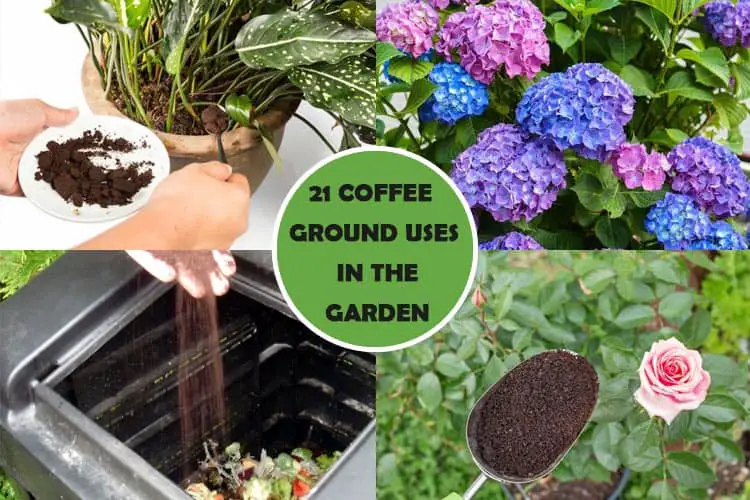
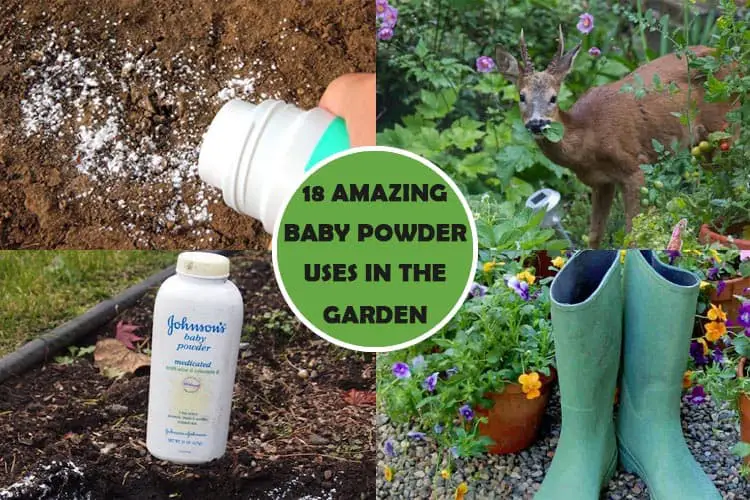

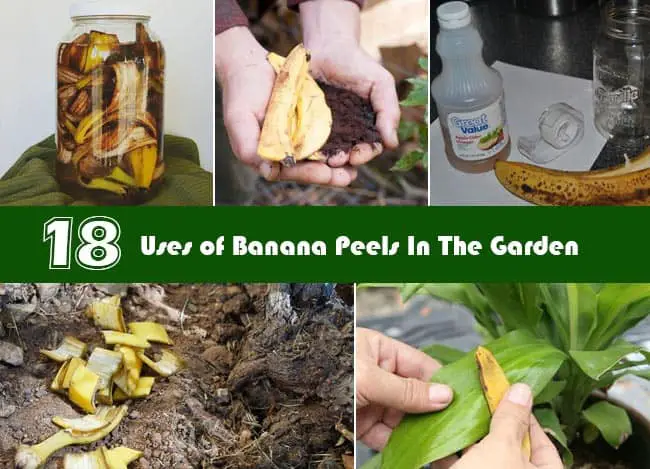
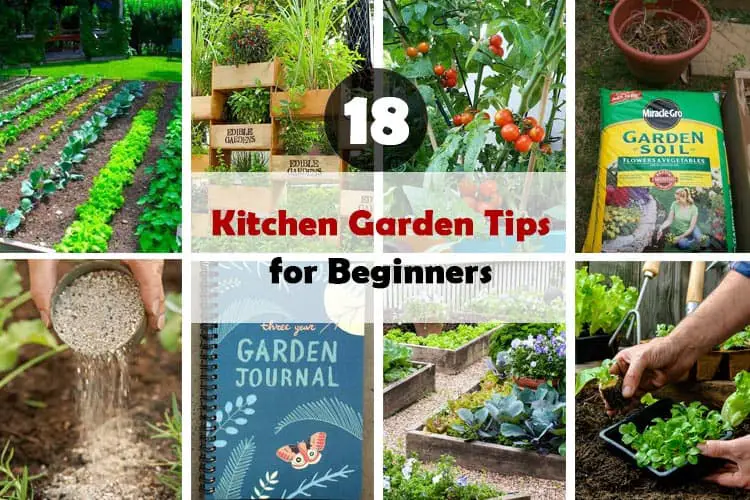
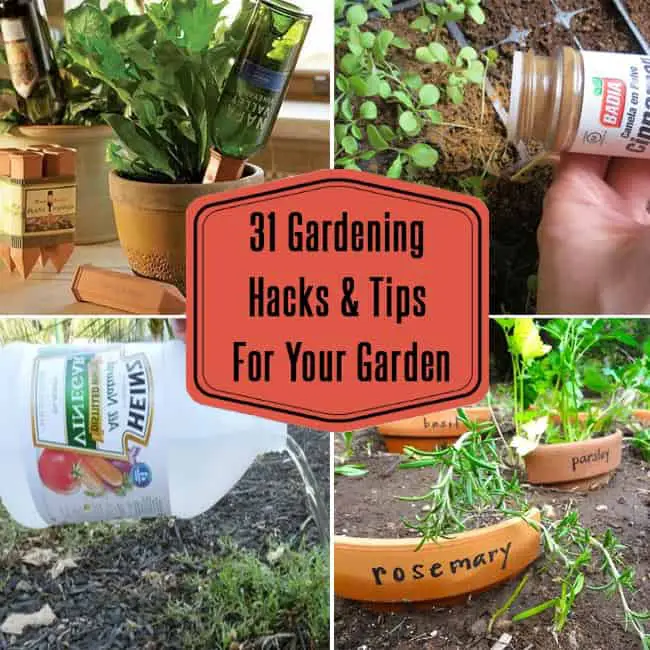

Loved the part about tree edging materials. Metal sounds like a solid choice for durability. Gonna give it a try this weekend, thanks for the tips Kathleen
Interesting comparison between plastic and stone edging. In my experience, stone offers a more natural look, but it’s fascinating to see how different materials can impact a landscape’s aesthetics.
Do you think stone edging would work well for a small flower garden?
Absolutely, DaisyLover99. Stone edging can beautifully accentuate a small flower garden and give it a charming, rustic feel.
Heard a tale about a dude who tried edging his tree with some DIY metal thingy. The thing looked more like a trap from a horror movie than garden decor. Moral of the story: Leave it to the pros or risk turning your backyard into a ‘scene’ if you catch my drift.
Not super sold on the idea of a weed barrier. Doesn’t that affect soil health? I get the appeal, but there’s gotta be a more eco-friendly way to keep weeds at bay without hampering the ground.
Any tips on keeping metal edging from rusting? gotta make sure my efforts last more than a season.
Enhancing landscape aesthetics with edging is such an underappreciated art! It’s amazing how a simple addition like edging can transform the feel of a garden or outdoor space. The options and techniques mentioned here provide a fantastic starting point for anyone looking to elevate their landscape design. Bravo on the detailed guide!
Just got a new place and the yard’s a total blank slate. Been thinking about tree edging but wasn’t sure where to start. This breakdown of materials and styles is super helpful. Still figuring out what’ll look best without breaking the bank. Suggestions?